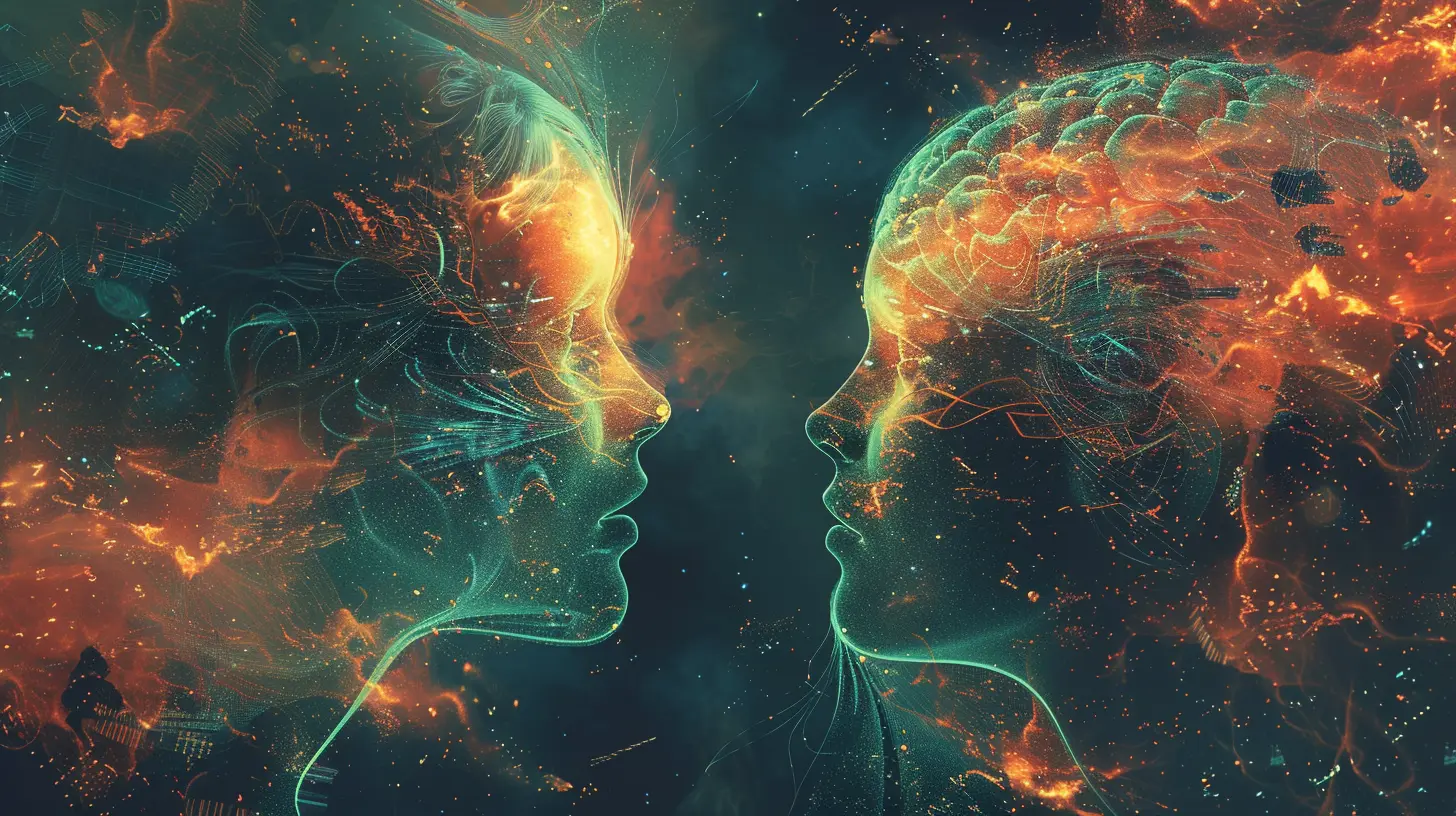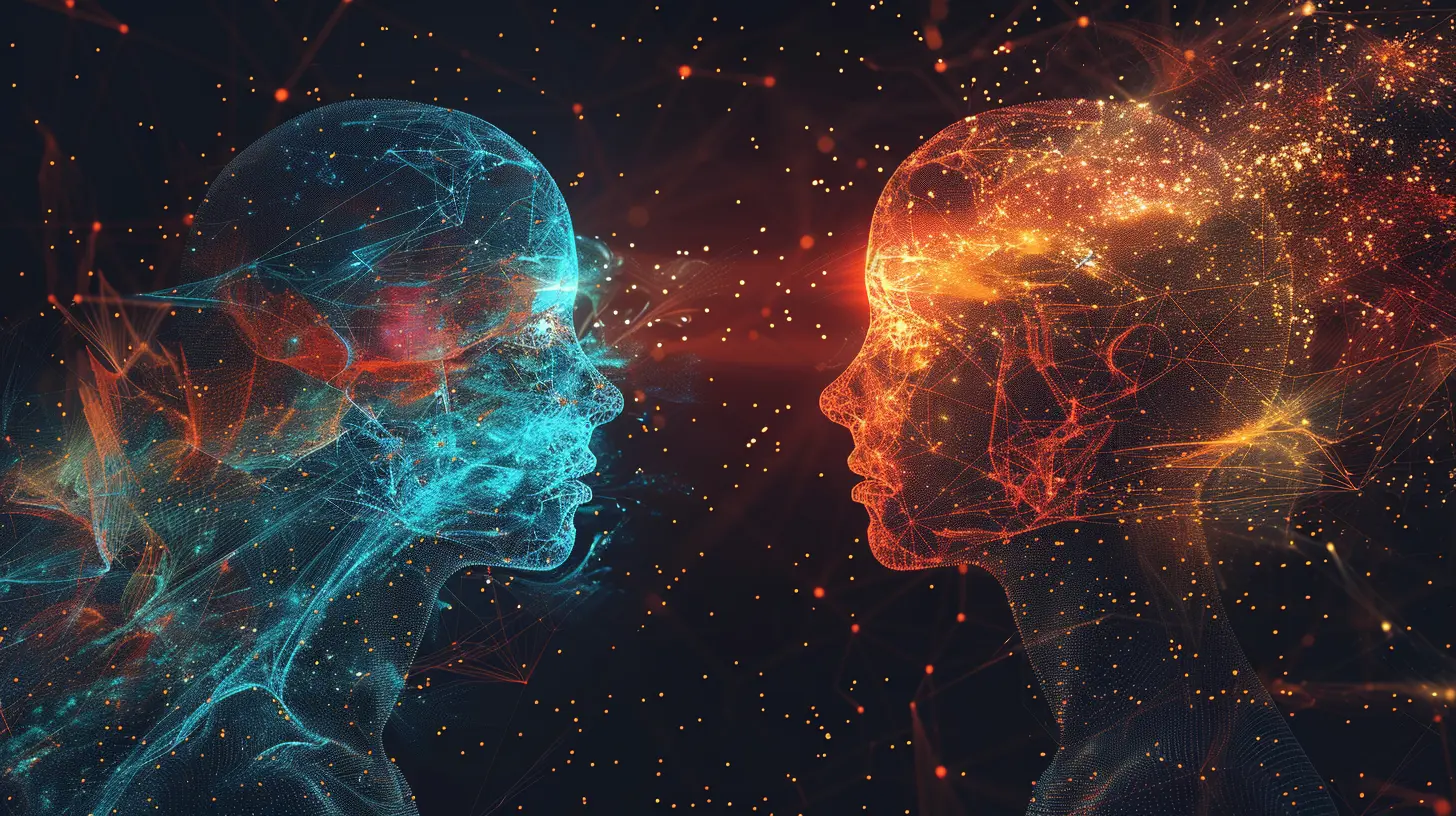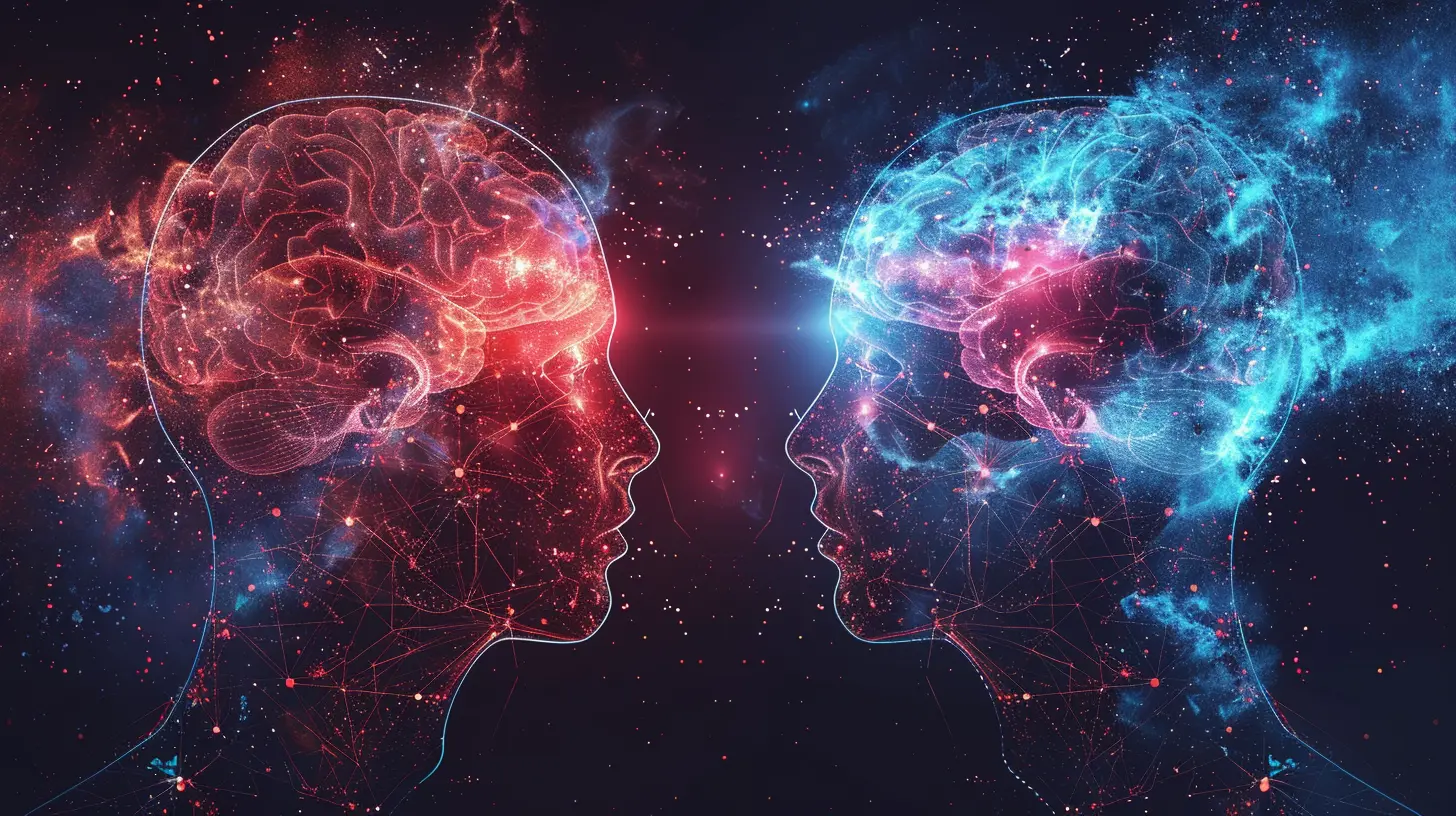The Role of Mirror Neurons in Social Learning
30 September 2025
Have you ever wondered how we can easily pick up on other people's emotions just by being around them? Or how we learn new skills simply by watching someone else do it first? Well, a lot of that has to do with something fascinating in our brains called mirror neurons. These neurons play a key role in how we interact, learn, and understand the people around us.
In this article, we'll dive deep into understanding what mirror neurons are, how they work, and their importance in social learning. Whether you're a psychology enthusiast or just curious about how we learn from others, this article will make the science behind it as clear as a bell.

What Are Mirror Neurons?
Let's start with the basics. Mirror neurons are a special type of brain cell that activate not only when we perform an action but also when we observe someone else performing the same action. In other words, they "mirror" the behavior of others as if we were doing it ourselves. Cool, right?Imagine you're watching someone juggle. Even though you're just sitting there, your brain's mirror neurons are firing as if you were the one juggling. This unique ability to "mirror" others helps us understand their actions, intentions, and emotions on a deep, almost instinctive level.
How Were Mirror Neurons Discovered?
The discovery of mirror neurons happened somewhat by accident. In the early 1990s, a group of Italian neuroscientists, led by Giacomo Rizzolatti, were studying the brains of macaque monkeys. They noticed that certain neurons in the monkeys' brains fired not only when the monkeys grabbed an object but also when they saw a researcher grabbing the same object. This unexpected find opened a whole new field of research into how we understand and imitate others.While most of the early research was done on monkeys, similar neurons have since been found in humans, and they appear to play a significant role in how we learn through observation.

The Link Between Mirror Neurons and Social Learning
Okay, so we've established that mirror neurons activate when we observe others. But how does that tie into social learning?What is Social Learning?
At its core, social learning is the process of acquiring new behaviors, skills, or knowledge by observing and imitating others. Think about how kids learn to speak, tie their shoelaces, or even behave in social settings. They don’t come into the world knowing these things—they learn by watching their parents, siblings, friends, and even strangers.Social learning isn’t just limited to childhood, though. Even as adults, we often learn new things by observing others. For instance, you might watch a cooking show to learn how to make a new dish, or observe your co-workers to figure out how to navigate office politics.
Mirror Neurons: The Foundation of Social Learning
Mirror neurons are like the brain's built-in Wi-Fi for social learning. They allow us to "download" information from those around us without having to experience things firsthand. When we see someone else do something, our mirror neurons help us simulate that action in our own minds. This simulation can then serve as a blueprint for our own future behavior.But it doesn’t stop at actions. Mirror neurons also help us understand emotions and intentions. For example, when you see someone smiling, your mirror neurons activate in a way that makes you feel a little happier too. This is why emotions can be contagious—if someone around you is anxious or stressed, you might start feeling the same way, without even realizing it.

The Role of Mirror Neurons in Empathy
You've probably heard the saying, "Put yourself in someone else's shoes." Well, mirror neurons make that possible—quite literally! They help us empathize with others by allowing us to feel what someone else is feeling.How Do Mirror Neurons Enable Empathy?
Empathy is the ability to understand and share the feelings of another person. When you see someone in pain, your mirror neurons fire as if you were experiencing that pain yourself. This ability to "mirror" emotions is crucial for creating strong social bonds and fostering compassion.Take, for example, watching a friend stub their toe. Even though you're not the one who got hurt, you might instinctively wince or feel a twinge of discomfort. That’s your mirror neurons at work, helping you empathize with their pain.
Mirror Neurons and Emotional Contagion
Ever noticed how someone’s mood can affect the entire room? If a person walks in smiling, people around them might start smiling too. On the flip side, if someone is visibly upset, it can bring down the mood of everyone around them. This phenomenon is called emotional contagion, and mirror neurons play a huge role in it.Our brains are wired to pick up on subtle cues from others and "mirror" their emotional state. So the next time you're feeling down and a friend’s good mood lifts you up, you can thank your mirror neurons!

Mirror Neurons and Imitation
Imitation is one of the most basic forms of learning, and it’s something we start doing from a very young age. Infants, for example, will mimic facial expressions or gestures made by their caregivers, long before they can understand language. That’s mirror neurons in action.How Do Mirror Neurons Help With Imitation?
When we see someone perform an action, our mirror neurons simulate that same action in our brain. This allows us to "practice" the action mentally, even before we try it ourselves. This mental rehearsal is an essential part of learning through imitation.For example, if you watch someone dance, your mirror neurons are helping your brain map out the movements, even if you’re sitting still. When you eventually get up to dance, you'll have a mental framework to guide you, making the learning process much easier.
The Impact of Mirror Neurons on Communication
Effective communication isn’t just about the words we use. It also involves body language, facial expressions, and tone of voice. Mirror neurons help us pick up on these non-verbal cues, allowing us to better understand the message being communicated.Body Language and Mirror Neurons
When you see someone cross their arms or tilt their head, your mirror neurons help you interpret these signals. They allow you to "mirror" the other person’s body language, which can make it easier to connect and communicate on a deeper level. This is why body language is such a powerful tool in social interactions.Mirror Neurons and Understanding Intentions
Here’s an interesting twist: mirror neurons don’t just help us mimic actions; they also help us understand the intentions behind those actions. For example, if you see someone reaching for a cup, your mirror neurons will help you recognize whether they’re about to drink from it or move it to another spot.This ability to understand intentions is crucial for effective social interactions. It allows us to predict what others are going to do next and adjust our behavior accordingly.
Mirror Neurons and Autism
Not all brains work the same way, and research suggests that mirror neurons might function differently in individuals with autism spectrum disorder (ASD). People with autism often have difficulty with social interactions, communication, and understanding the emotions of others—areas where mirror neurons are thought to play a significant role.The Broken Mirror Hypothesis
One theory, known as the "broken mirror" hypothesis, suggests that impairments in the mirror neuron system could contribute to the social and communication challenges faced by individuals with autism. If the mirror neurons aren’t functioning properly, it might be harder for someone with ASD to imitate others, understand their emotions, or pick up on non-verbal cues.While this is still a developing area of research, understanding the role of mirror neurons in autism could potentially lead to new strategies for improving social skills and communication in individuals with ASD.
Conclusion: Mirror Neurons as the "Social Glue"
Mirror neurons are like the social glue that holds our interactions together. They allow us to learn from others, empathize with their emotions, understand their actions, and communicate more effectively. Whether you're picking up a new skill, comforting a friend, or simply navigating the complexities of social life, mirror neurons are quietly working behind the scenes to help make those connections possible.So the next time you find yourself mimicking someone’s smile or picking up on a friend’s mood, give a little nod to your mirror neurons. They’re doing a lot more than you might think!
all images in this post were generated using AI tools
Category:
Psychological ResearchAuthor:

Nina Reilly
Discussion
rate this article
1 comments
Kael McNaughton
This article effectively highlights how mirror neurons influence social learning, emphasizing their importance in empathy and understanding others’ actions. Great insights!
October 3, 2025 at 2:47 PM

Nina Reilly
Thank you for your positive feedback! I'm glad you found the insights on mirror neurons and their role in empathy and social learning valuable.


